Can you imagine discovering the legendary Camino de Santiago with the comfort and freedom that a motorhome offers? This option is gaining popularity among travelers with a home on wheels who seek a different experience. Read on to find out how to do it, which routes are the best, and what you should check before starting your journey. I assure you, you’ll want to know it all!
Main routes to travel the Camino de Santiago in a motorhome
All the Camino routes are worth traveling, as each has special places to explore. While it’s not possible to drive through all sections, as some are impassable for vehicles, you can always stay close to them.
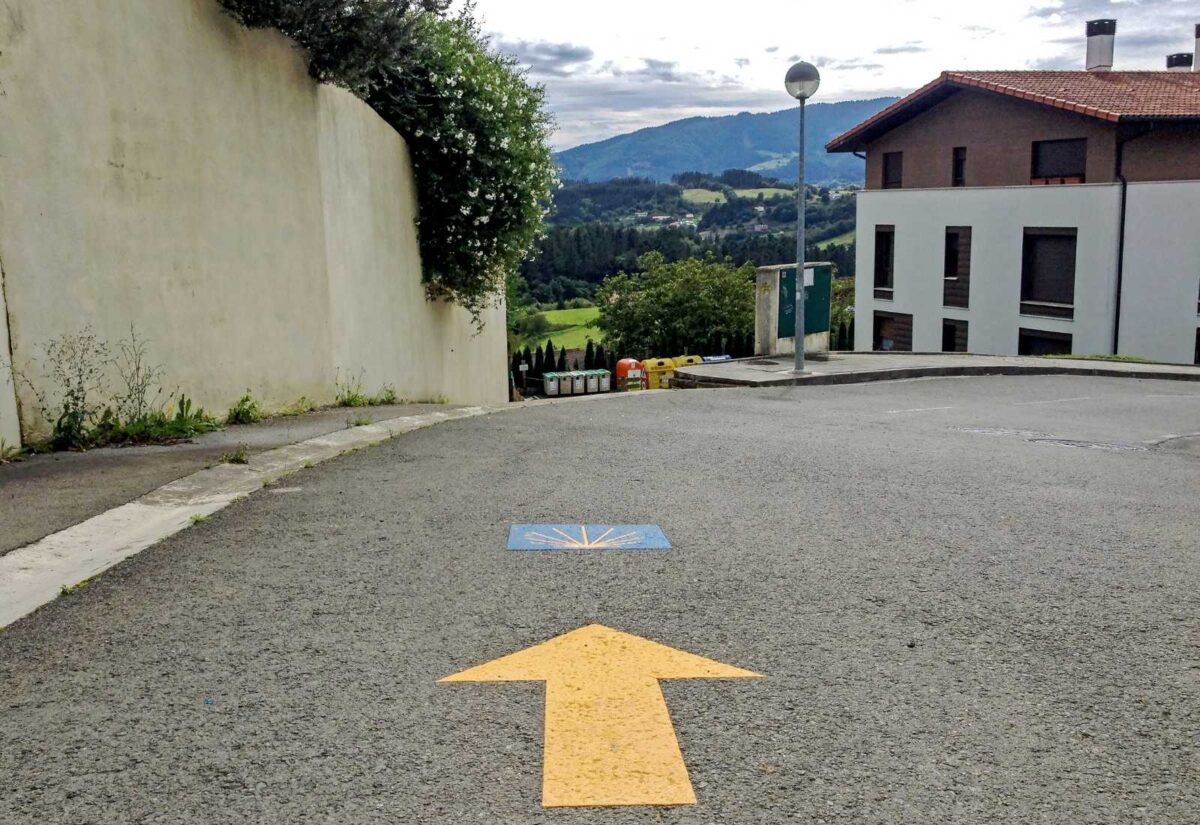
In many sections, both pilgrims and drivers share the same path
Portuguese Way
The Portuguese Way is a fantastic option for those looking for a route with many places to visit. Starting from Lisbon or Porto, you can enjoy the charming landscapes and small towns of inland Portugal. Once in Galicia, you’ll enjoy the Rías Baixas and coastal landscapes.
This route follows sections of the ancient Roman road Via XIX and today runs along the Atlantic highway. With 600 km ahead, it’s ideal for a motorhome, as you’ll be close to the Camino and have access to service areas.
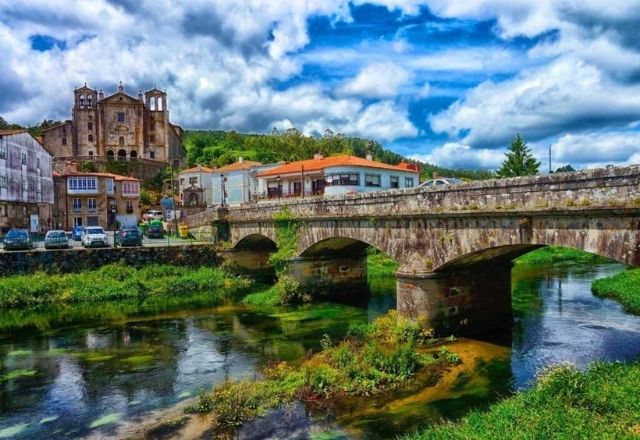
The Portuguese Way lets you cross historic bridges like the Sar River bridge in Padrón
French Way
The French Way is the most popular and well-known route due to its historical significance. It starts in Saint-Jean-Pied-de-Port, France, and extends to Santiago de Compostela across northern Spain. This route allows you to explore different regions and cities in Spain that are closely linked to the Camino de Santiago.
Throughout its 800 km, you’ll find excellent infrastructure. It parallels highways and motorways, ensuring you’ll always have access to services and motorhome areas.
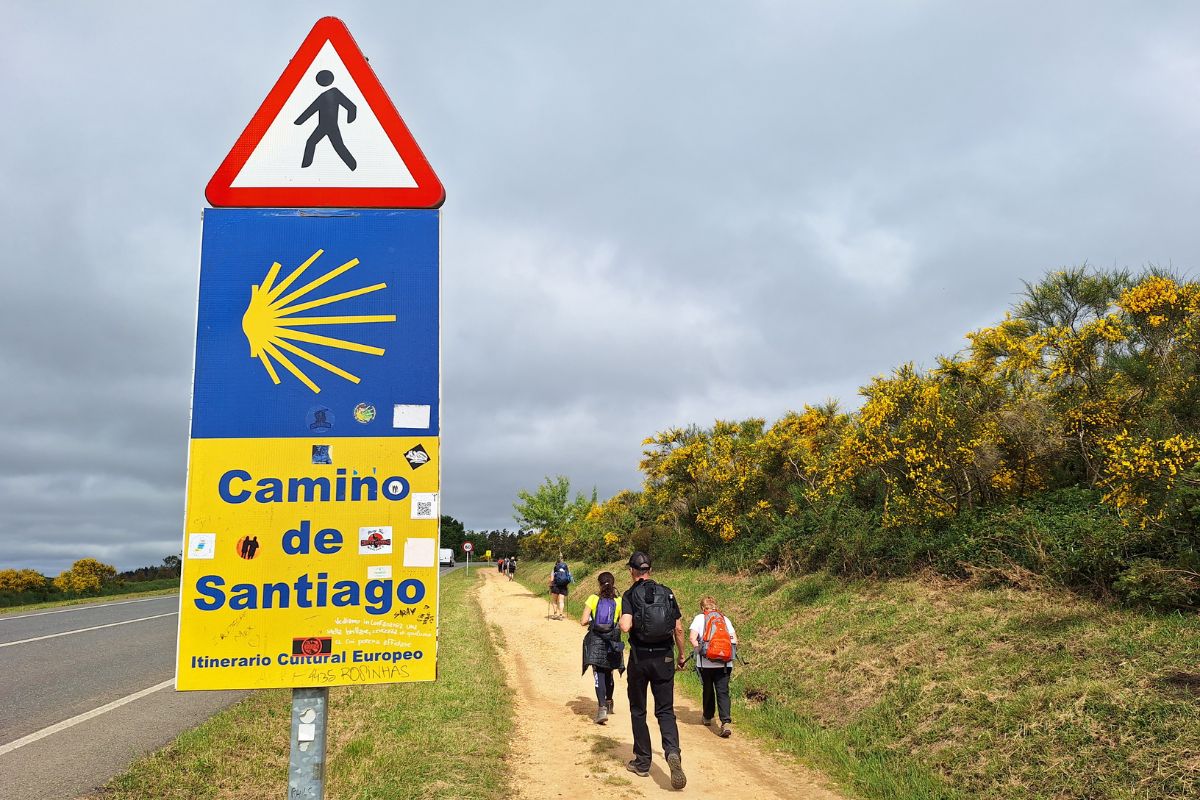
On the French Way, you’ll encounter many pilgrims, so please drive with caution
English Way
The English Way is one of the shortest routes, starting from Ferrol or A Coruña. You can explore the province of A Coruña, as this Camino only runs through this province. The beaches of the Rías Altas and historic cities await your visit.
It’s perfect if you have less time or want to take more breaks, given its short length of 113 km. Like the Portuguese route, it follows the Atlantic highway, ensuring ample services.
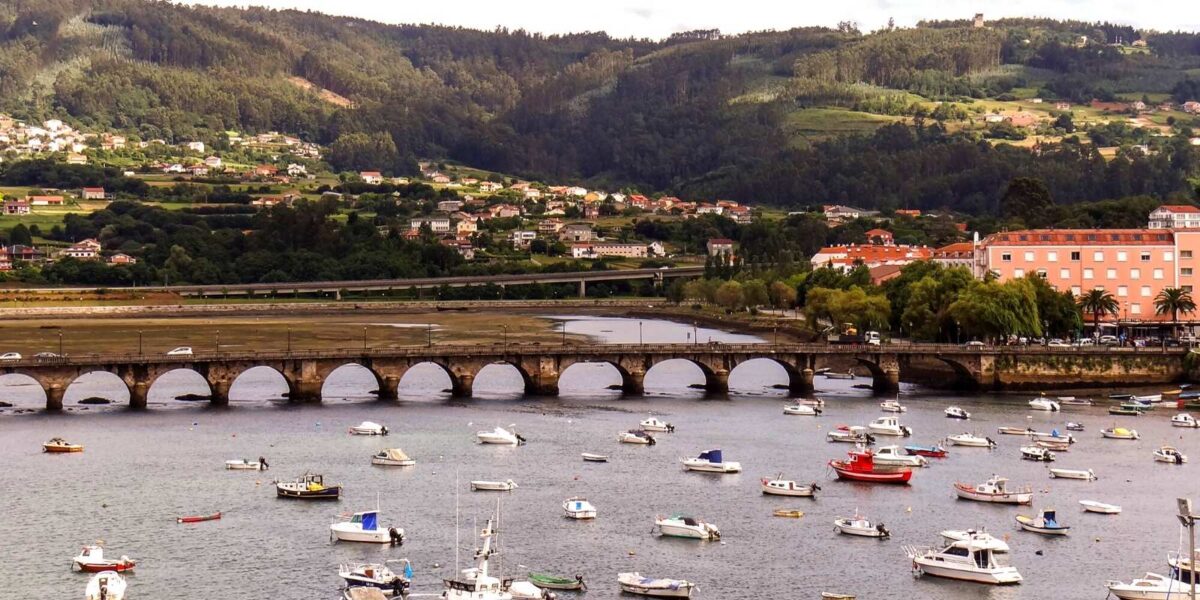
On the English Way, you’ll have time to get to know the Rías Altas very well
Primitive Way
The Primitive Way is the oldest and one of the most demanding routes. Starting from Oviedo, it crosses the mountains and valleys of Asturias and Galicia. It’s less traveled, ideal for those seeking a more intimate and challenging adventure. In many high mountain sections, driving is not possible.
If you enjoy mountains and pristine rural landscapes, this is your route. With about 260 km, you’ll experience the original Camino, as its history tells. Traveling through more rural areas means services are available, though not as many as on previous routes.
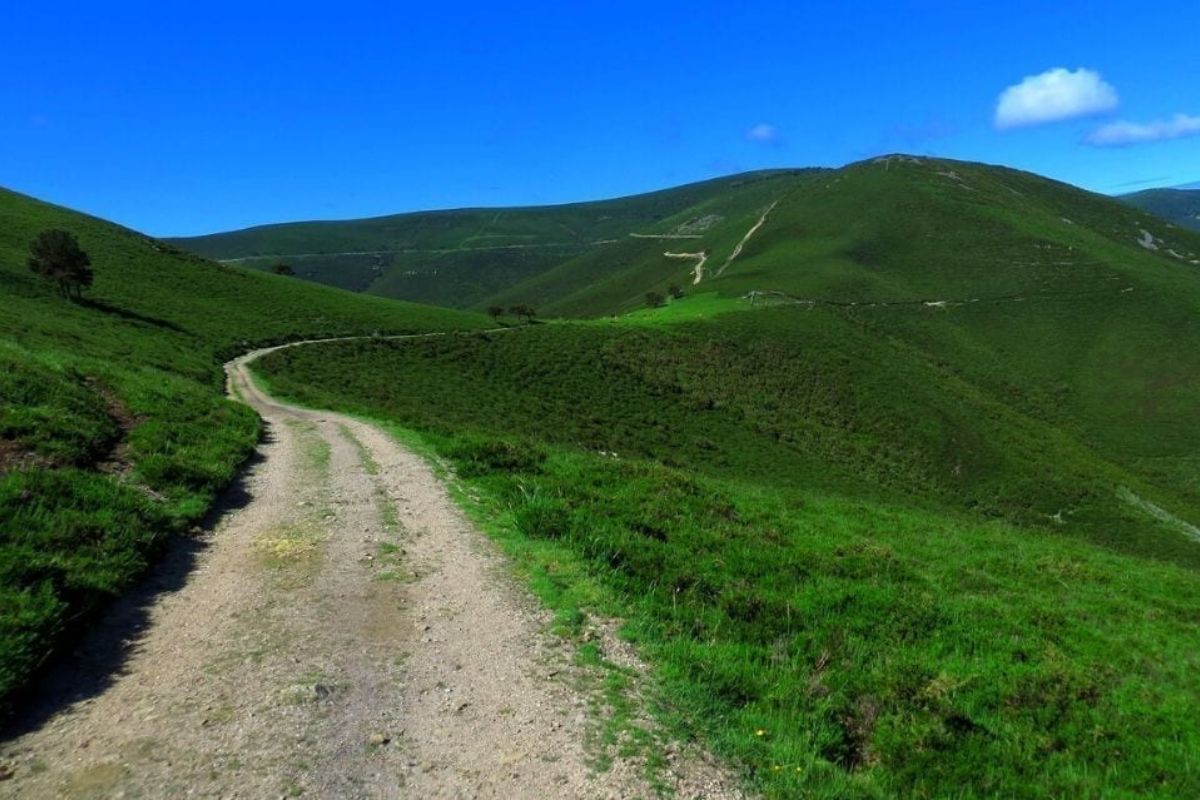
The Primitive Way has high mountain sections not suitable for motorhomes
Northern Way
The Northern Way is famous for its spectacular views of the Cantabrian Sea. This route starts in Irún and follows the coast and the Cantabrian mountains to Santiago. While it includes many slopes and is well-equipped with roads, the views and tranquility make it worthwhile.
This route perfectly combines sea and mountains. With over 800 km, services are plentiful as you’ll always be near urban centers and service areas.
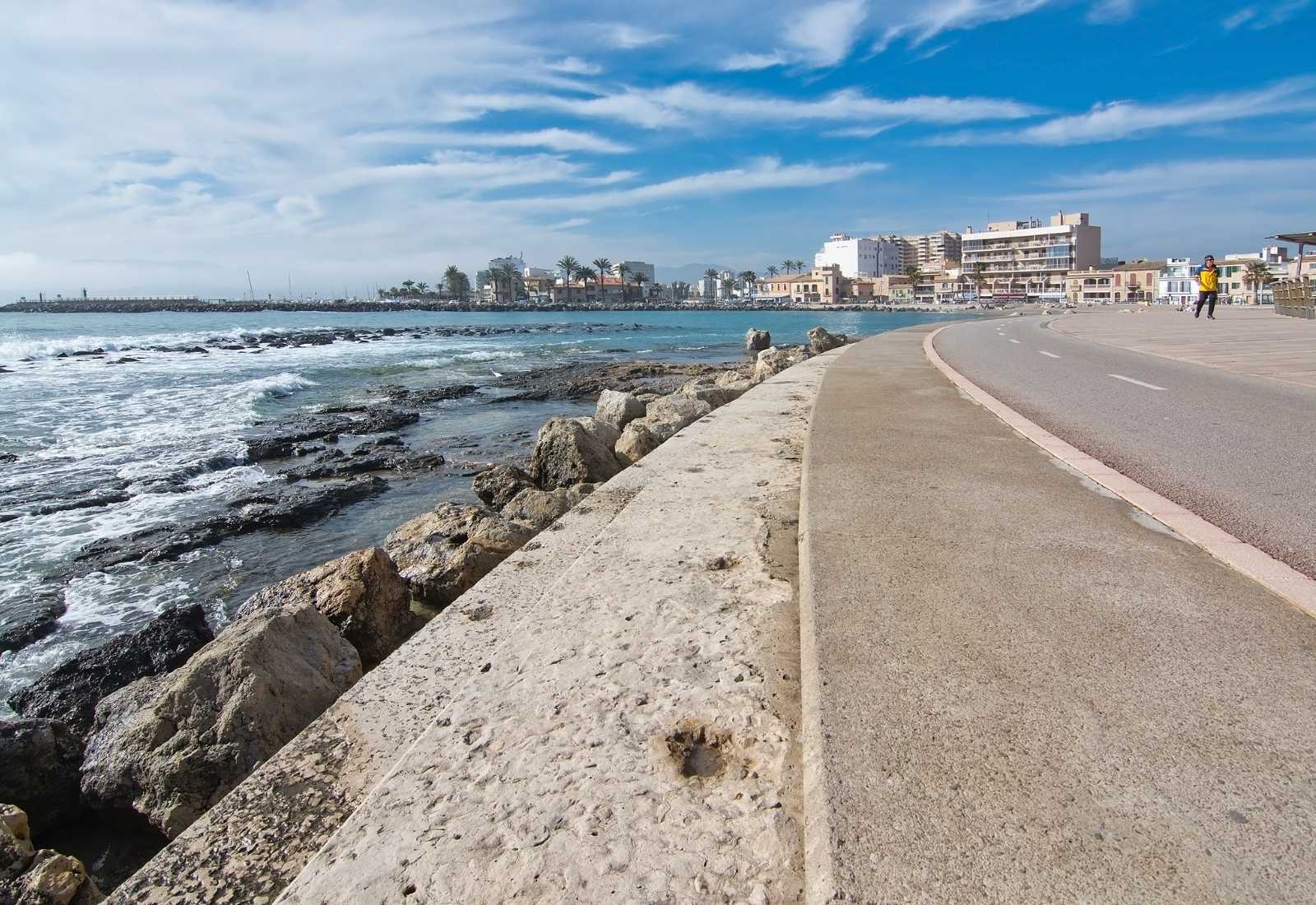
On the Northern Way, you’ll be very close to the sea in many sections
Advantages and benefits of traveling the Camino in a motorhome
Traveling the Camino de Santiago in a motorhome offers unmatched freedom. You’re not limited by hostel schedules and can stop and stay overnight wherever allowed. This allows you to enjoy the landscapes and towns at your own pace. Additionally, having your own space makes the journey more comfortable, especially for families.
Another advantage is total flexibility. You can change your route if you discover an interesting place or want to avoid bad weather. It’s also an economical option since you can cook your meals and avoid accommodation costs.
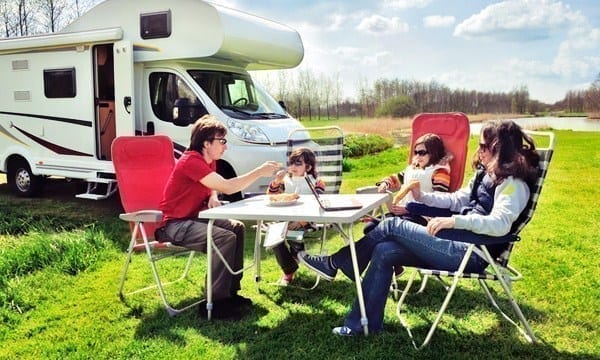
Traveling in a motorhome allows for great flexibility and comfort
Tips on what to check in your motorhome before the trip
Before starting your engines, it’s important to ensure your motorhome is in perfect condition. Remember to check the following elements of your vehicle.
Oil level
Check the motor oil level. A well-lubricated engine will run better and last longer. Make sure it’s within the appropriate range and change it if necessary.
Brake fluid
Brake fluid is essential for your safety. Verify that the level is correct and there are no leaks. A well-maintained brake system is crucial, especially on mountain routes.
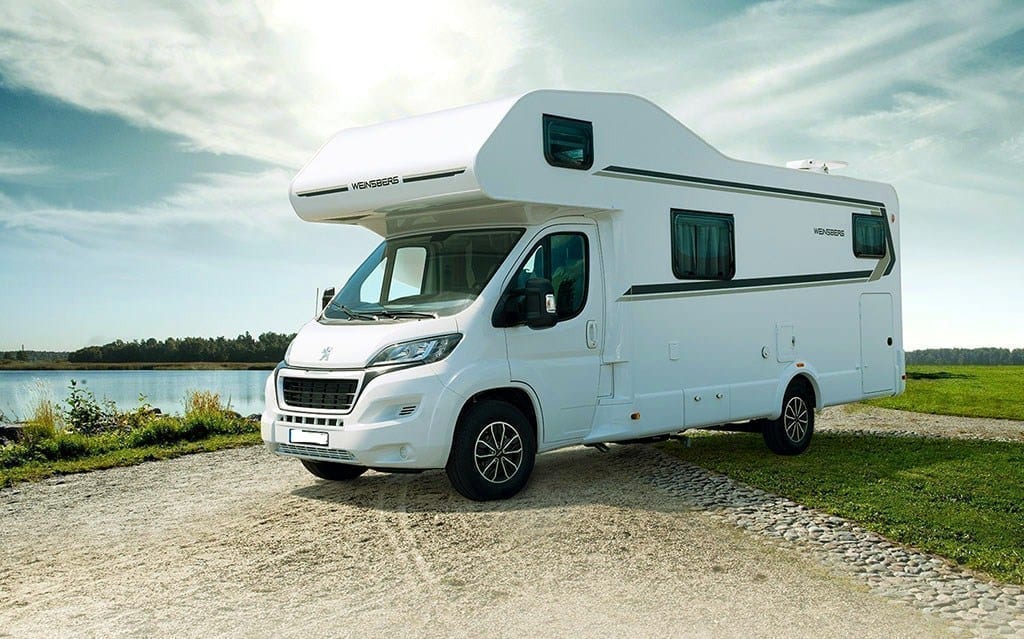
Take your motorhome to your trusted workshop for a pre-trip check-up
Lights
Check all the lights on your motorhome: headlights, indicators, brake lights, and reverse lights. It’s important to see and be seen at all times, especially on rural roads and at night.
Tires
Check the tire pressure and wear. Good tires ensure better traction and safety on the road. Don’t forget to check the spare tire as well.
Battery
Ensure the battery is fully charged and in good condition. A well-functioning battery is vital for starting the engine and powering the motorhome’s electrical systems.
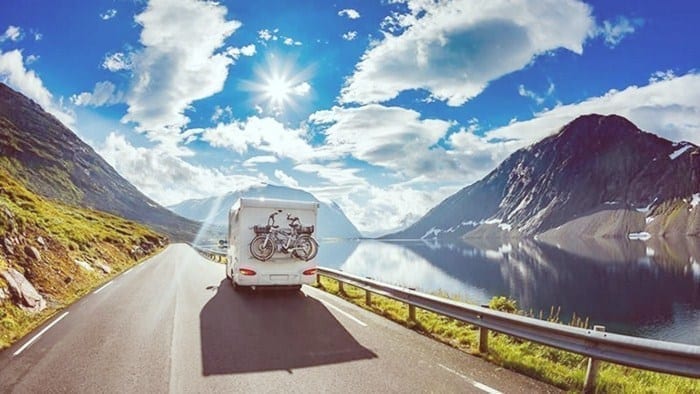
With your motorhome, you can experience unique surroundings for a few days
Traveling the Camino de Santiago in a motorhome can be an incredible and original experience. You won’t earn the Compostela, but the journey with the Camino de Santiago in the background will be unforgettable.
With the right routes, the mobility advantages, and necessary vehicle checks, you’ll be ready to enjoy your Camino in a motorhome.
 Skip to content
Skip to content

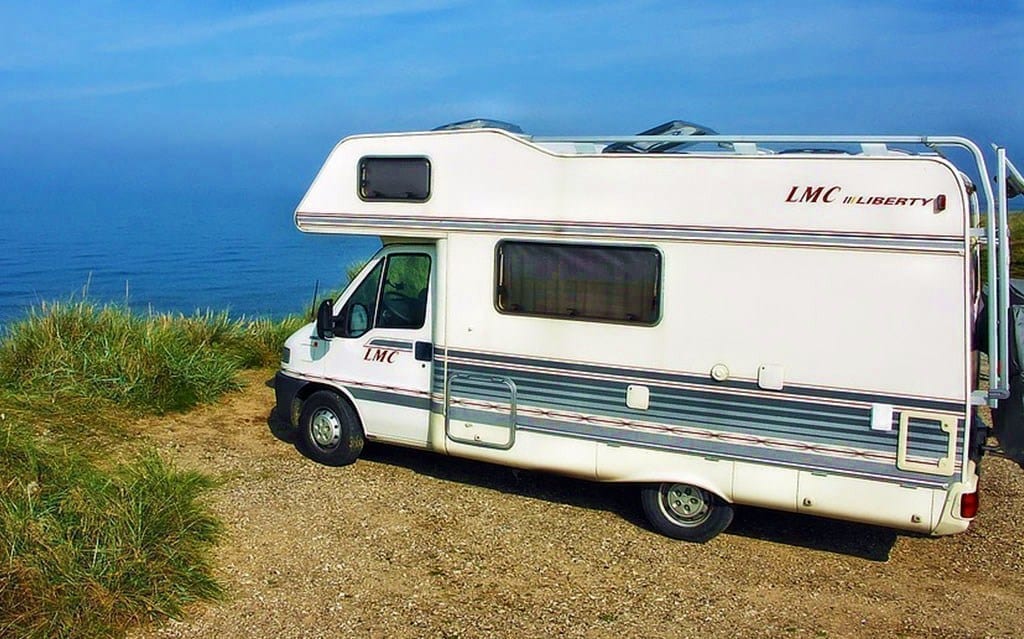










Leave A Comment